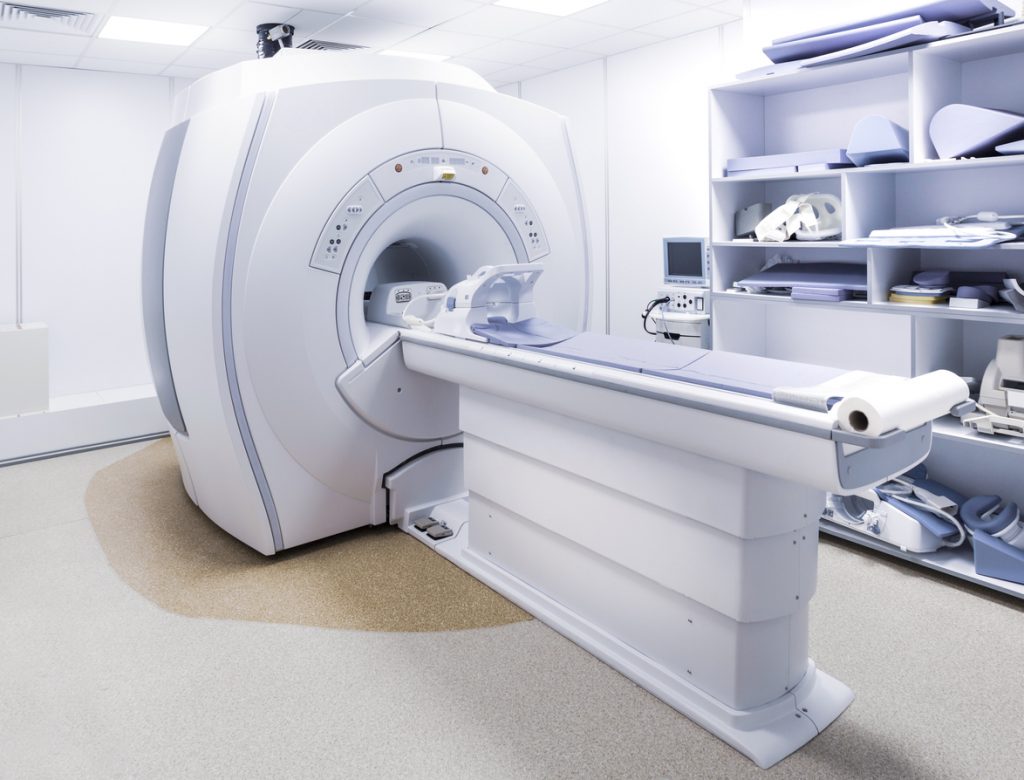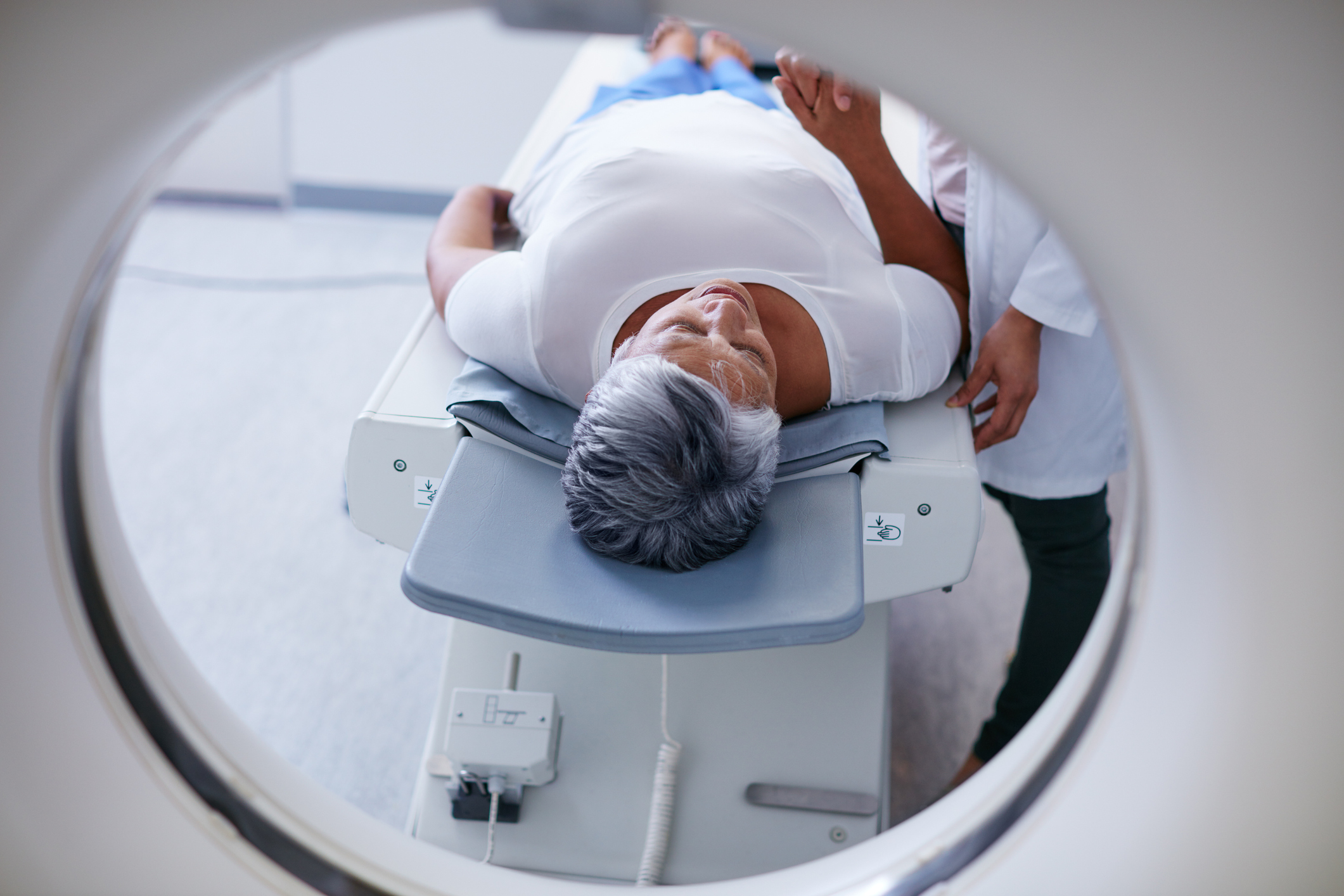An MRI procedure, by definition, is magnetic resonance imaging. The technique is used in radiology to form pictures of the anatomy and physiological processes of the body. It is a diagnostic test for many medical conditions. An MRI is non-invasive and painless for the patient. Unlike CT scans, no x-rays or ionizing radiation is involved. Magnetic fields and computer generated radio waves create high-resolution digital images.

How MRIs are utilized
MRIs are used for medical diagnosis without exposing the body to radiation. They allow physicians to examine organs, tissues, and the skeletal system of the body. They can also produce 3D images that can show different angles. MRIs are the most frequently used imaging tests for diagnosing conditions of the brain and spinal cord. Neurosurgeons use them to help diagnose a variety of medical issues including stroke, tumors, brain injury due to trauma, and spinal cord disorders including disc abnormalities.
Who should not have an MRI?
An MRI may not be appropriate for all patients. Those persons who have artificial heart valves, a pacemaker, implanted drug infusion pump, intrauterine device, metal joint prostheses, or any metal pins, screws, or plates in their body may not be able to have an MRI. Contrast material is not usually given to pregnant women who have an MRI.
What to expect during an MRI
When patients reports for an MRI procedure, they will be asked to remove glasses, hairpins, hearing aids, watches, bras with underwires and metal hooks, dentures, wigs, and some jewelry. Electronic devices cannot be brought into the room. The MRI scanner is a long, narrow tube that is open on both ends. The patient lies down on the movable table that slides in and out of the scanner. Because the process is noisy, earplugs may be given to the patient. A blanket can be provided for warmth. If a contrast material is needed, the patient will receive an IV. The patient must remain still through the entire process, as movement can cause the images to be blurry.
There will be a series of noises throughout the MRI. Some will sound like tapping or banging; others will sound more like vibrations. Some people find the noises to be annoying. Older machines tend to be louder and noisier. Newer machines are not only quieter but have tubes that are shorter and wider. This makes them feel less claustrophobic. An MRI procedure can last from about 15 minutes to an hour, depending on what images are needed.
Getting results

A radiologist will interpret the results of the MRI and issue a report to the referring doctor within a couple of days. The patient may receive a CD copy of the images when they complete their MRI to take to their next doctor’s appointment.


